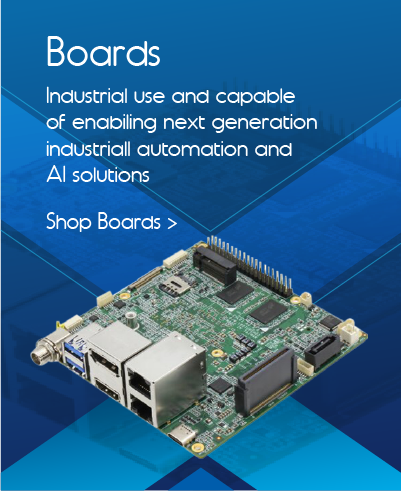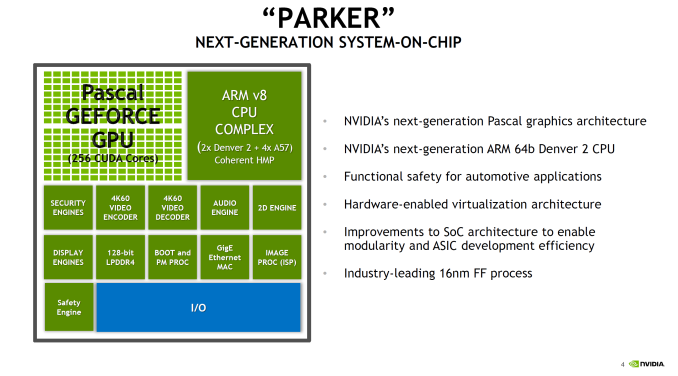Originally posted by coder
View Post
Best of all, it supports OpenCL (which Tegra SoC's do not)!







Comment